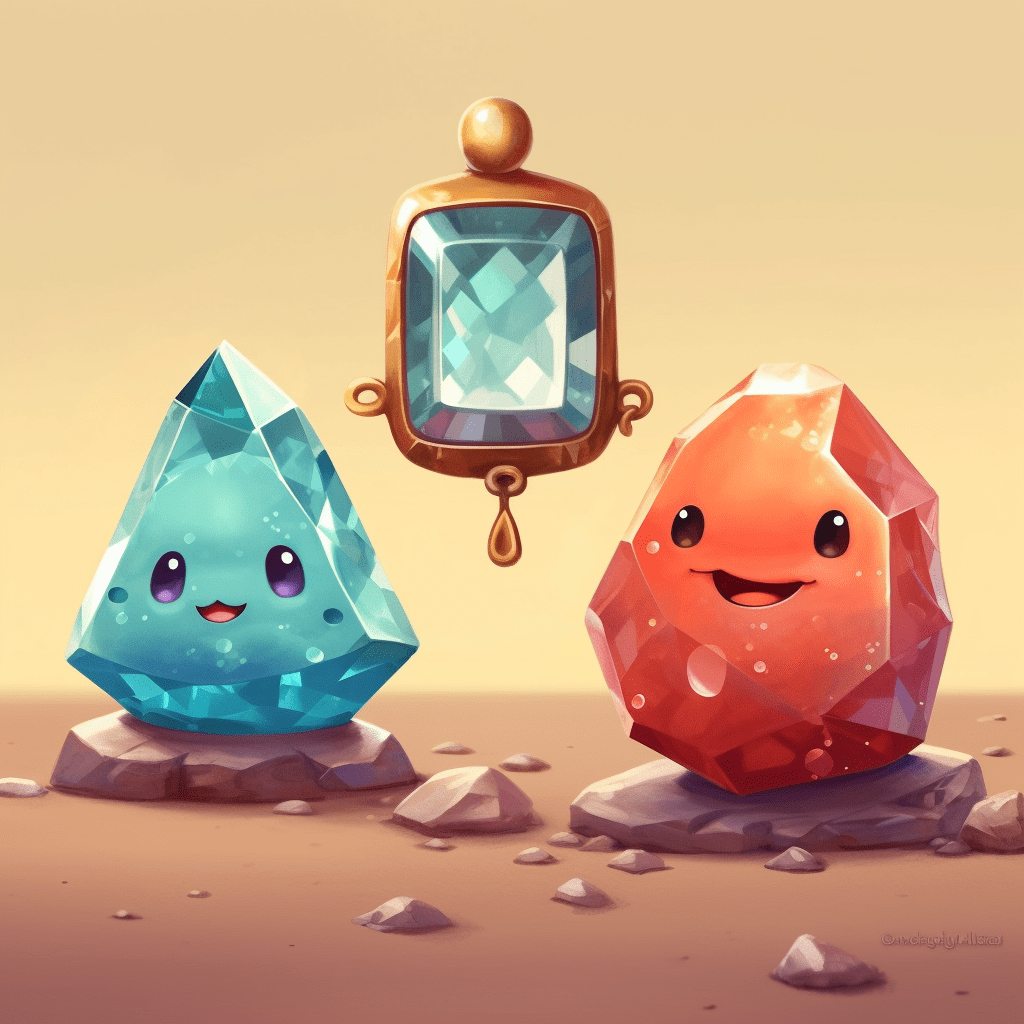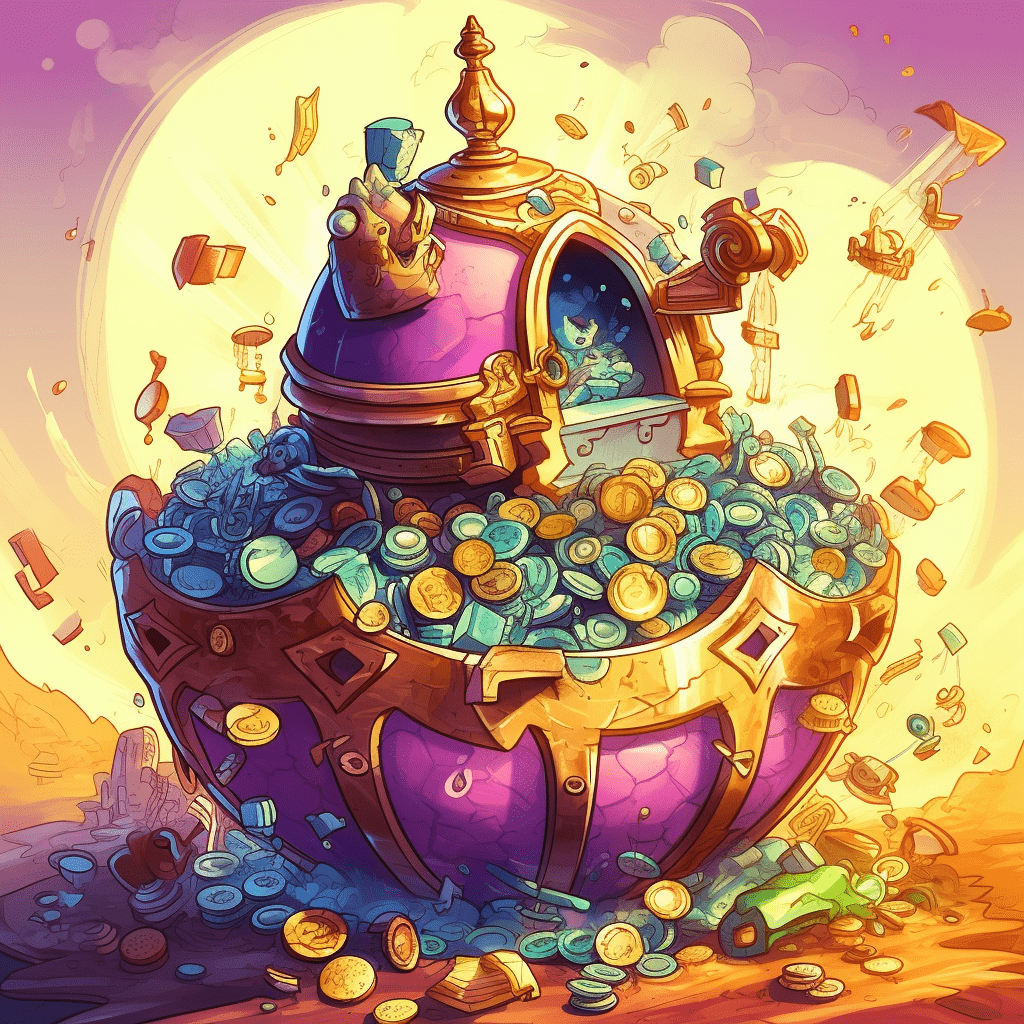
The world of Non-Fungible Tokens (NFTs) has exploded in popularity, and with it comes the question: “How much does it cost to create an NFT collection?” However, this question is not as straightforward as it may seem. Various factors can impact the cost of creating an NFT collection, not the least of which is the choice of blockchain. In this article, we’ll delve into a cost comparison of creating NFT collections on different blockchains, providing you with the insights you need to make an informed decision.
Choosing Your Blockchain – Why Does It Matter?
The blockchain you choose to mint your NFTs on can have a significant impact on the overall cost of your project. Different blockchains have different fee structures, transaction speeds, and levels of adoption, all of which can influence the expense and success of your NFT collection.
Ethereum – The First Mover

Ethereum is the first blockchain that supported NFTs and remains the most popular and widely-used platform for NFT creation and trading. Ethereum’s ERC-721 and ERC-1155 standards have set the bar for NFT interoperability and functionality.
However, creating an NFT collection on Ethereum can be costly. The network operates on a ‘gas fee’ model, meaning you pay fees for every transaction, including minting and transferring NFTs. These fees fluctuate based on network congestion and can be quite high during peak times.
Binance Smart Chain – A Cost-Effective Alternative
Binance Smart Chain (BSC) has emerged as a cost-effective alternative to Ethereum. BSC boasts lower transaction fees and faster block times, making it a favorable option for many creators.
The cost of creating an NFT on BSC can be significantly lower than on Ethereum, primarily due to its unique consensus mechanism that reduces the computational resources required for validation. However, BSC has faced criticism for its level of centralization compared to other blockchains, which might be a consideration depending on your project’s values.
Flow – Designed for NFTs
Flow blockchain, developed by the team behind CryptoKitties, is designed from the ground up to support NFTs and decentralized applications (dApps). It has attracted big names like NBA Top Shot and UFC, primarily due to its user-friendly design and low fees.
Creating an NFT collection on Flow can be more cost-effective than Ethereum, especially considering it does not require users to hold any native cryptocurrency to interact with NFTs, lowering the barriers to entry for potential buyers.
Polygon – Best of Both Worlds?
Polygon (formerly Matic) is a Layer 2 solution for Ethereum, designed to provide faster transactions and lower fees while still leveraging the security and decentralization of the Ethereum network. Polygon has seen a surge in popularity as it offers a balance between Ethereum’s wide adoption and the need for more cost-effective solutions.
The cost of creating an NFT collection on Polygon can be much lower than on Ethereum’s mainnet, while still benefiting from the same robust NFT standards and wide tooling support that Ethereum offers.
Tezos – The Eco-Friendly Choice
Tezos is another blockchain that has gained attention in the NFT space, particularly for its eco-friendly design. Tezos uses a proof-of-stake consensus mechanism, which is less energy-intensive than the proof-of-work model used by Ethereum and Bitcoin.
The cost to create an NFT collection on Tezos can be more economical than Ethereum and comparable to BSC, with the added advantage of being a more environmentally friendly option. However, Tezos doesn’t yet have the same level of NFT marketplace adoption as Ethereum, which could influence your decision.
As we’ve seen, the cost of creating an NFT collection can vary significantly depending on the blockchain you choose. Each has its own advantages, from Ethereum’s wide adoption and robust NFT standards, to Binance Smart Chain and Polygon’s cost-effectiveness, Flow’s user-friendly design, and Tezos’s eco-friendly approach.
Final Thoughts: Finding the Right Fit for Your Project

When considering “how much does it cost to create an NFT collection,” remember that the choice of blockchain is just one piece of the puzzle. It’s essential to consider the other associated costs, such as artwork creation, marketing, and legal considerations, which can also have a significant impact on your budget.
In addition, while cost-effectiveness is important, it’s also essential to choose a blockchain that aligns with your project’s values and goals. For instance, if your project emphasizes decentralization and security, Ethereum might be a better fit despite its higher costs. If your project values user experience and low barriers to entry, Flow might be a good choice.
In the end, the blockchain you choose will play a vital role in your NFT collection’s success, impacting not only the initial cost but also the long-term sustainability and growth of your project. Therefore, it’s worth taking the time to research, understand the nuances of each platform, and make an informed decision that aligns with your vision and budget.
